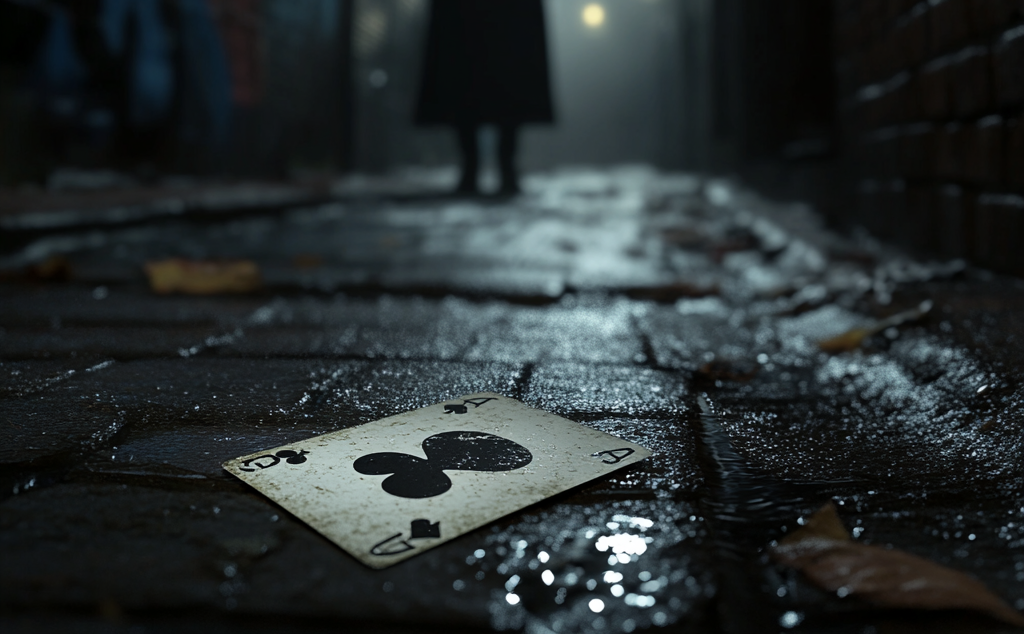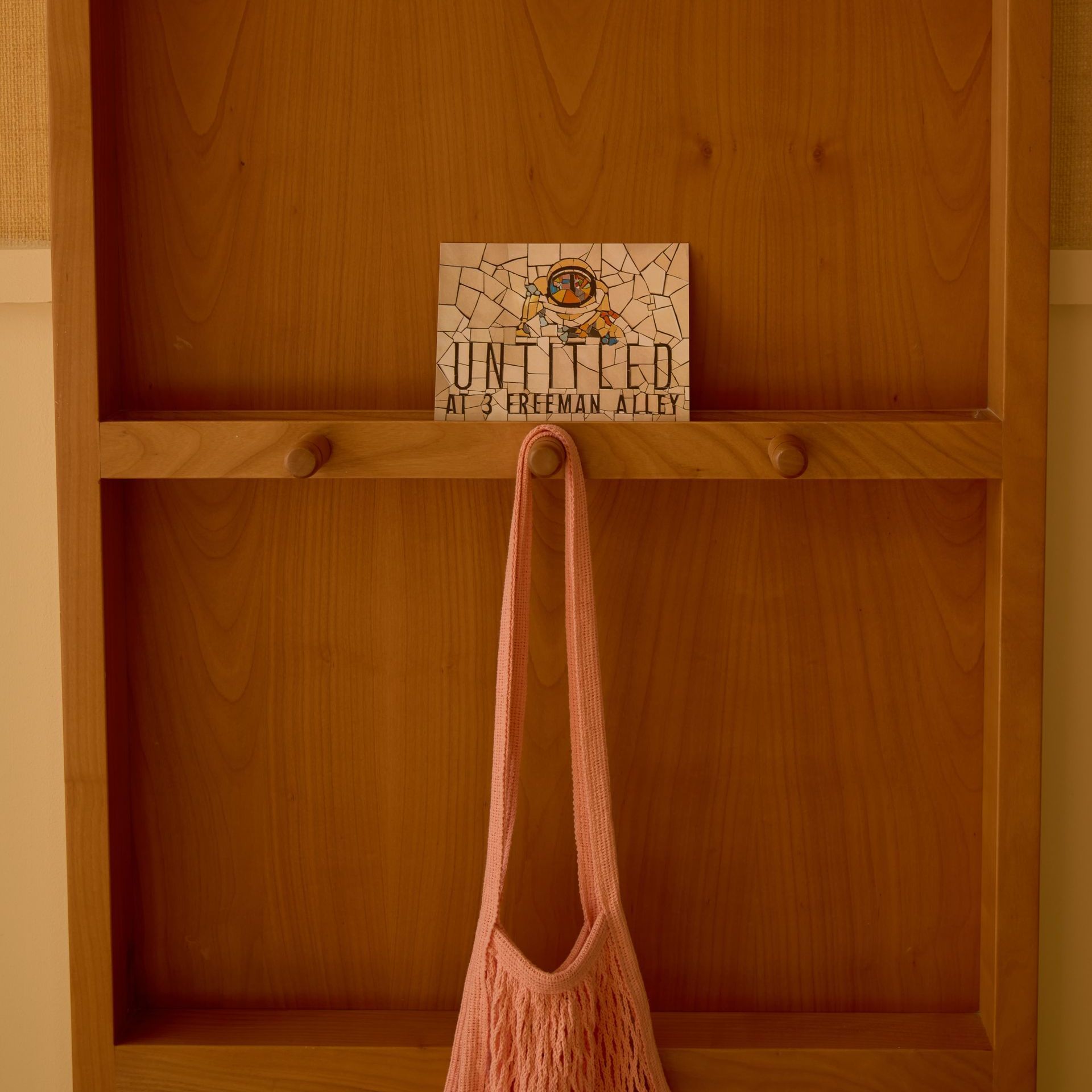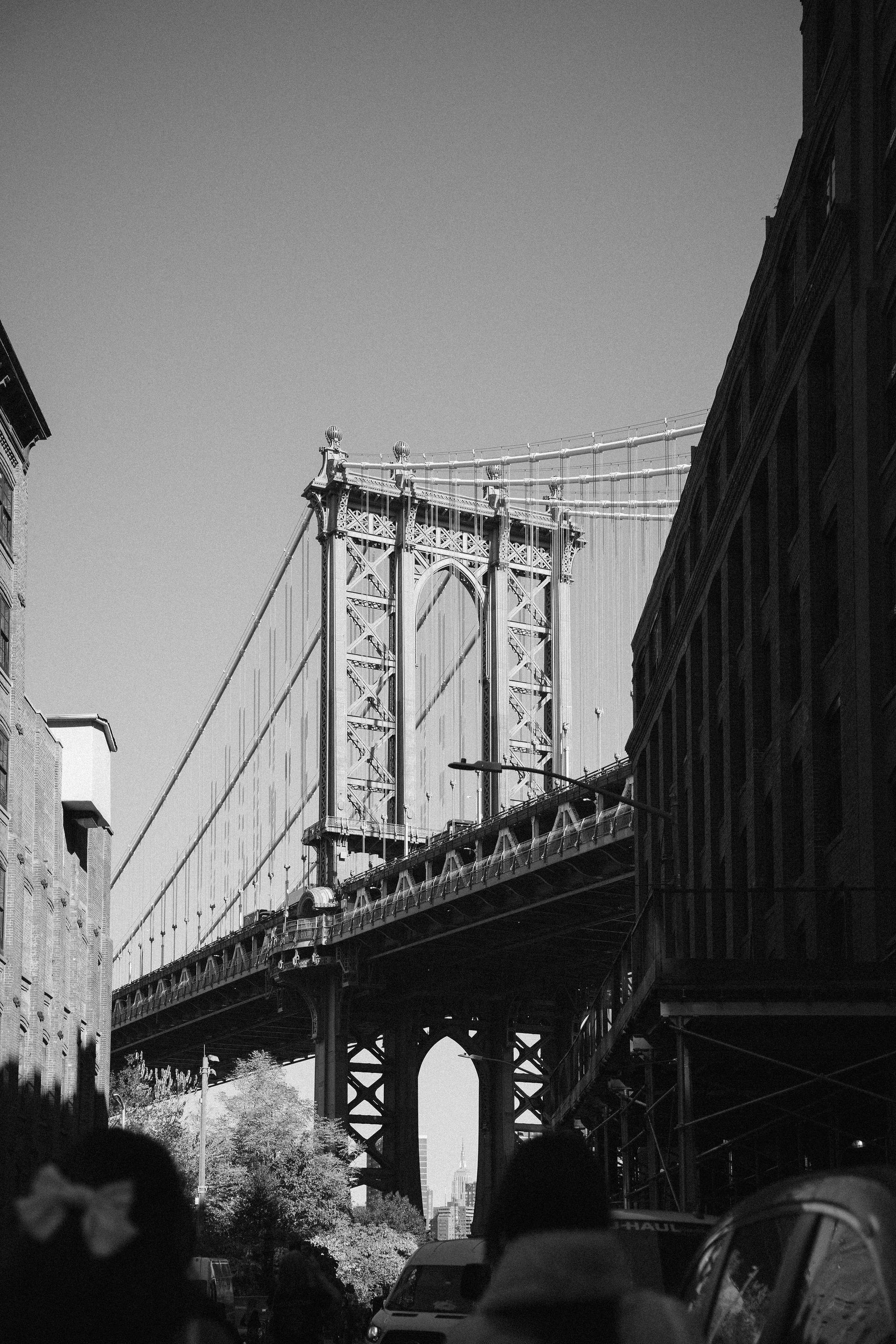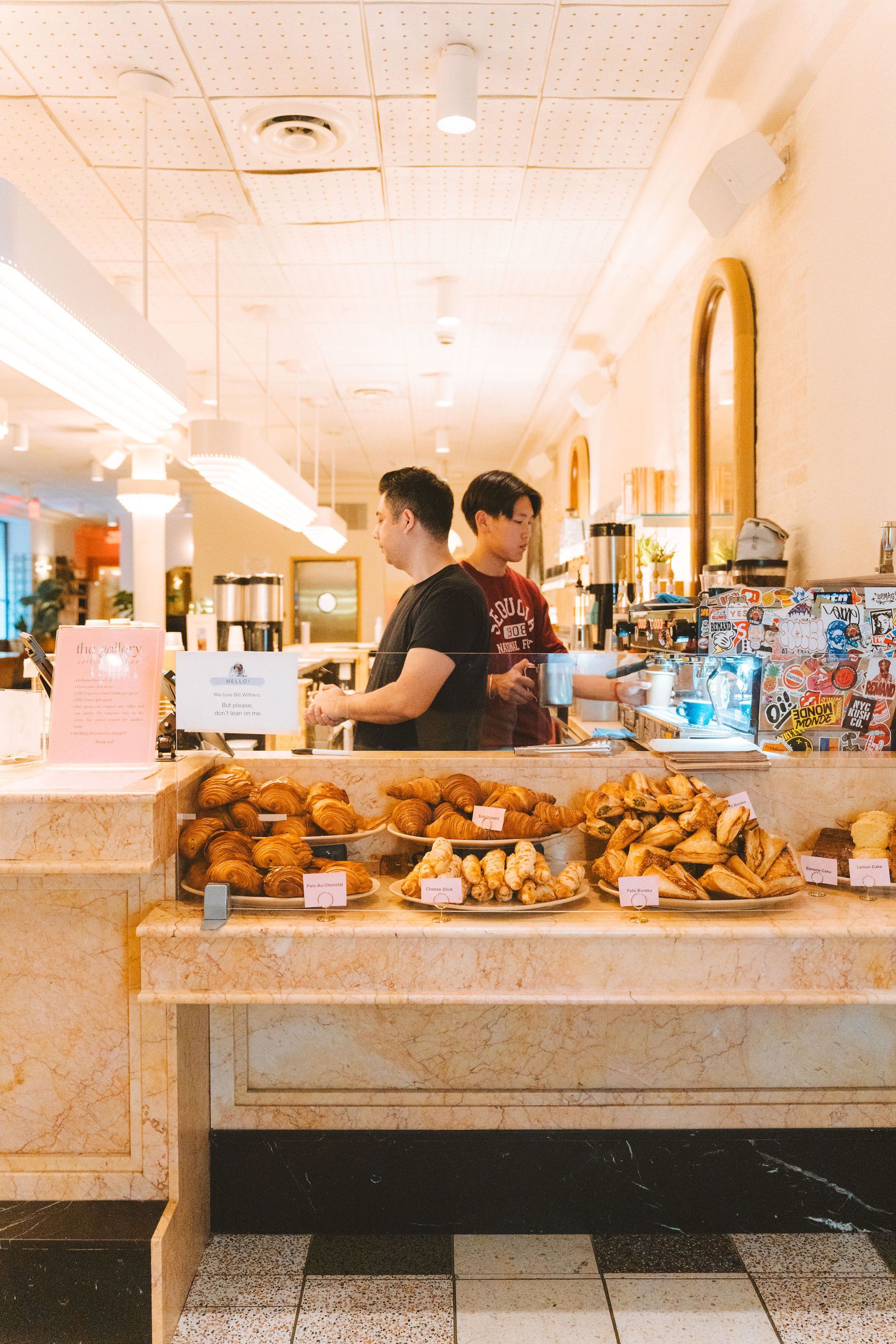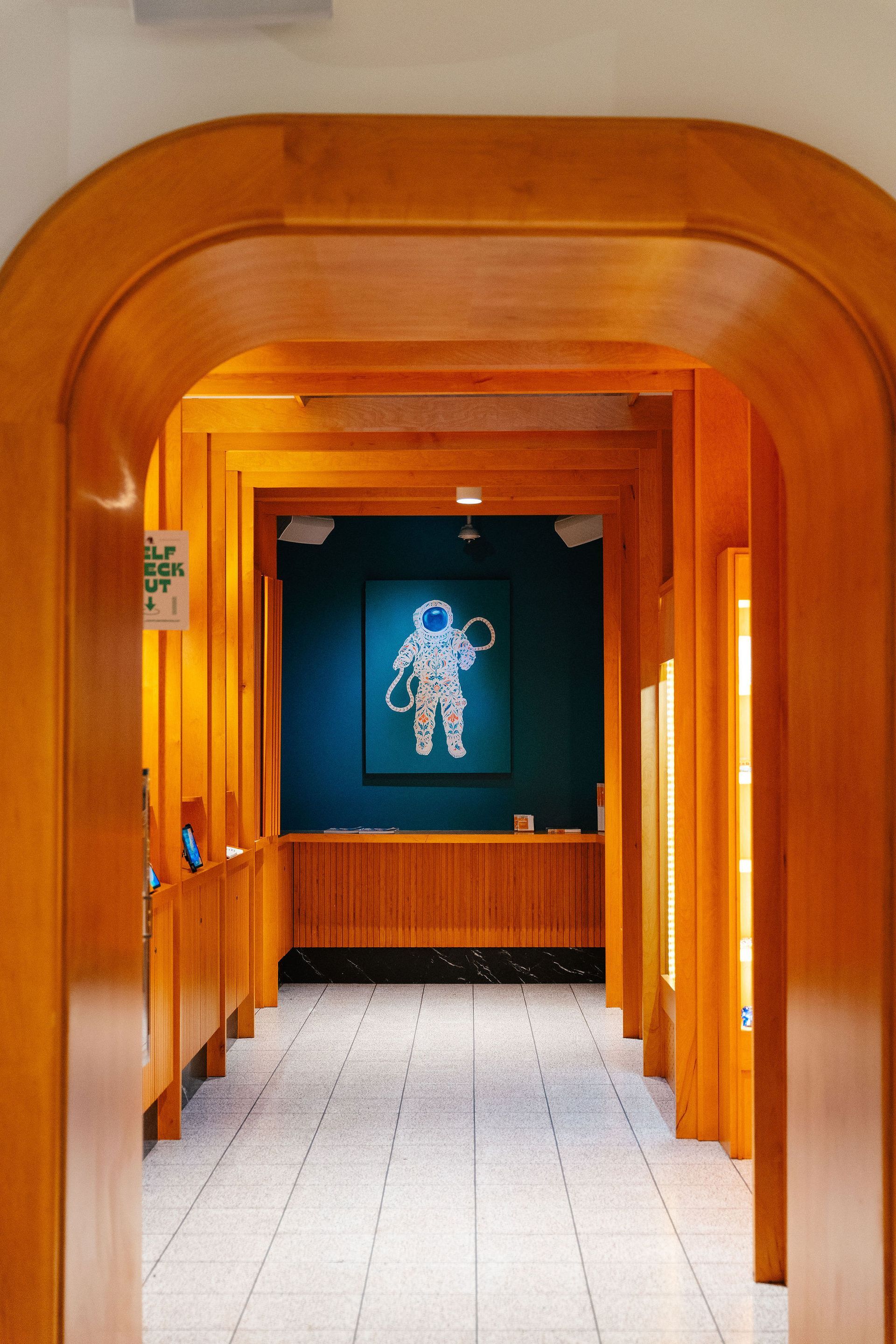February 24, 2025
The first time Clara saw the man in the bowler hat, she dismissed it as a coincidence. She was a frequent visitor to Untitled at 3 Freeman Alley , drawn by its moody ambiance, overpriced but delicious cocktails, and the whispered stories that seemed embedded in its walls. That night, the rain slicked the alley’s cobblestones to an obsidian sheen. As she stepped outside for a breath of cool air—and to escape an aggressively chatty couple debating the ethics of artisanal ice—she noticed him. He was leaning against the graffiti-covered wall, just past the glow of the hotel’s entrance. His hat was tilted low, casting his face in shadow, but she could feel his gaze settle on her. The second time, he stood near the alley’s bend, where the gas lamps had once burned a century before. This time, she was certain he was watching her. Clara wasn’t easily spooked—she wrote about history for a living, often unearthing grisly pasts—but something about this man unnerved her. And, frankly, if he was going to stalk her, he could at least be a little more subtle about it. She asked around. The hotel staff exchanged glances, speaking in vague terms about old tales—how Freeman Alley had always had a presence, an unseen observer, a ghostly figure that never approached, never spoke, but always watched. Some guests had noticed him too, especially those drawn to the hotel’s enigmatic past. A few had even mentioned similar figures—a man who lingered in the shadows during the incident with the vanishing artist, and another presence near the room where the clock stopped at 3:17 AM. Clara remembered those stories well. She also remembered that the ghostly presence had an impeccable sense of dramatic timing. Determined, Clara dug into the archives. In the late 19th century, Freeman Alley had been a refuge for those on the fringes of society—rebels, artists, and outcasts. But one name stood out: Edgar Finch, a private detective who had vanished in the alley in 1897 while tailing a suspect. His last known description? A man in a bowler hat. Because, of course, it had to be a bowler hat. The next evening, Clara waited. When the figure appeared again, she took a step toward him. “Edgar?” she whispered. For the first time, the man moved—just enough for the streetlight to catch his face. There was nothing there. Just a void where his features should be. The breath left her lungs in a sharp gasp. A blink later, he was gone, leaving behind only the wet imprint of his footprints on the cobblestone. Clara never saw him again. But the next time she stayed at Untitled, she swore she felt unseen eyes upon her—and in the mirror, just for a moment, the faintest outline of a bowler hat hovering behind her reflection. Maybe he was tied to the artist’s disappearance. Maybe he was the one who had watched when the clock had last stopped. And maybe, just maybe, he had been there all along, watching, waiting for someone to truly see him. She sighed, taking another sip of her overpriced cocktail. "Well, at least he’s consistent," she muttered to herself. "And honestly, he could do worse than haunting a place with a decent whiskey selection." Later that night, Clara found herself on the rooftop at Unlisted , the hotel’s hidden bar on the 11th floor. The skyline shimmered, a dizzying contrast to the old-world eeriness of Freeman Alley below. As she sipped her drink, she swore she caught a glimpse of movement in the reflection of the glass-paneled railing—a flicker of a bowler hat just before it vanished into the city lights. "Great," she muttered. "Now he’s expanding his territory."
